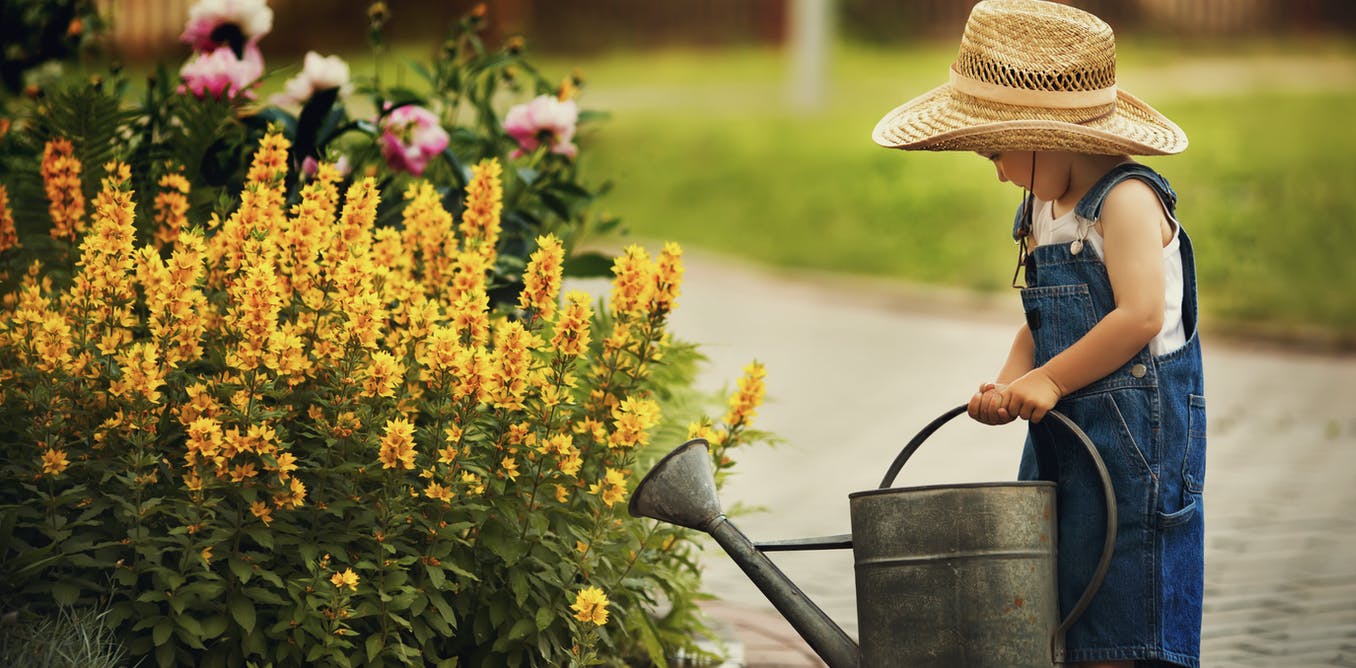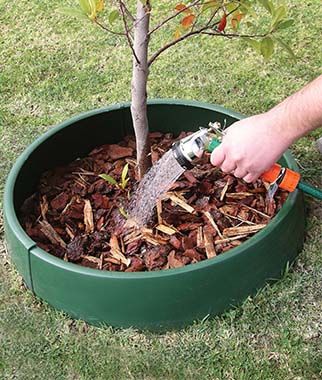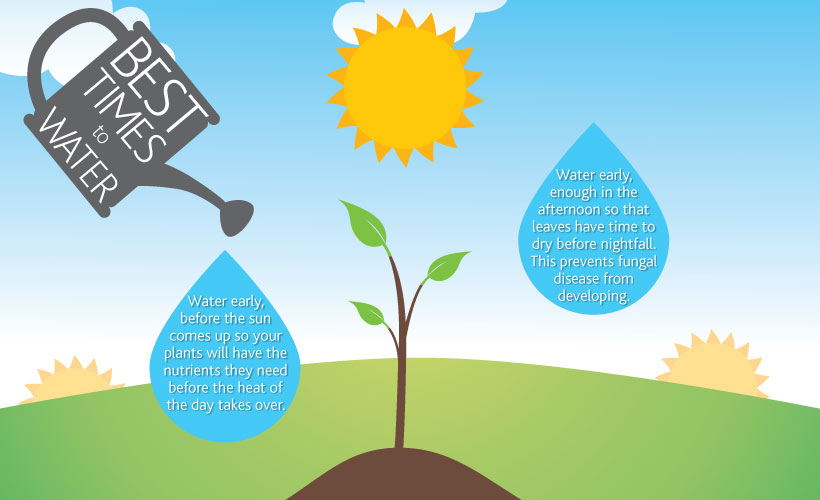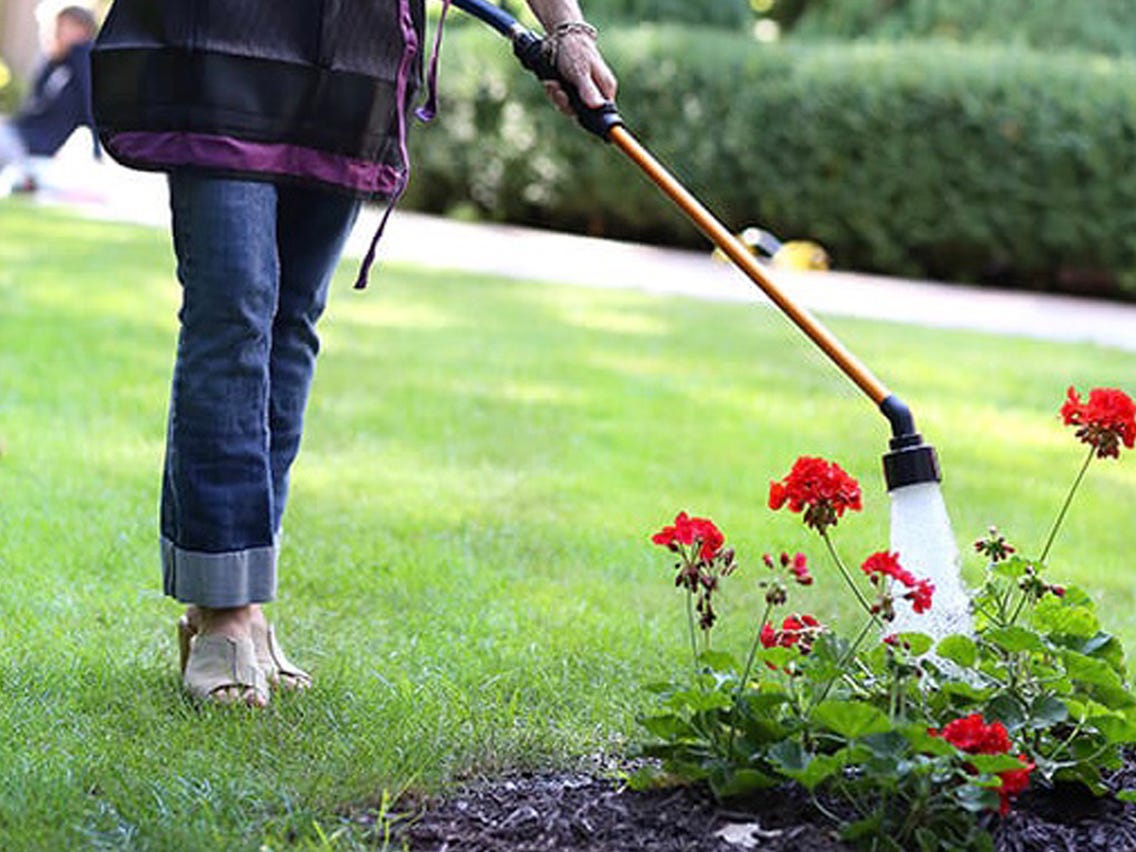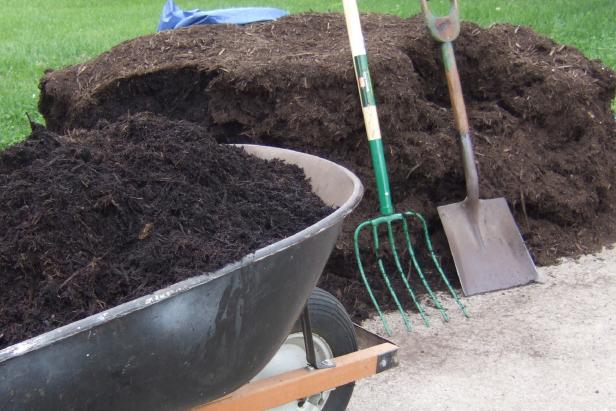New Plant Care & Watering
1. Water Where the Roots Are
Focus the water at the soil level and keep applying it until the plant’s entire root ball is thoroughly soaked. Remember that the roots are probably just as wide as the plant and may be a foot or two deep.
2. Check the Soil Before Watering
The best moisture meter is at the end of your hand. When the soil surface looks dry, probe down a few inches to see if the soil is dry several inches down. If so, it’s time to water. If not, wait a day.
3. Water in the Morning
The best time to water your plants is in the morning. This way, if the leaves get wet, they have the entire day to dry out. It's much more difficult for plant diseases to get a foothold when the foliage is dry. If you can't water in the morning, evening is second best.
4. Water Slowly
If the soil surface is dry, water may puddle or run off and not be absorbed. The solution is to start slowly and gradually build up to a thorough soak. Once the top few inches are moist, the water will be absorbed more easily.
5. Make Every Drop Count
Use a watering wand, drip irrigation or soaker hoses to direct water right to the root zone. Watering early or late in the day minimizes moisture loss due to evaporation from the soil surface. Shielding plants from wind will also reduce moisture loss.
6. Don't Overwater
Plants need oxygen as much as they need water. For most plants, it’s best to let the soil surface dry out a bit between waterings. This is especially important with container plants. It’s always best to water deeply and less frequently.
7. Don’t Let Them Go Dry
In the heat of the day, plants sometimes wilt to conserve moisture, but they should perk up again when evening comes. If you allow the soil to get too dry, the fine, hair-like projections on the ends of the roots may be damaged. When plants have to regrow these root hairs, it saps energy that would otherwise be going to flower and fruit production.
8. Use Mulch to Conserve Moisture
Covering the soil with a thin layer of organic mulch will help reduce evaporation and minimize runoff. If the mulch is more than an inch thick, it can work against you by preventing moisture from reaching the roots.
9. How to Water Trees and Larger Shrubs
The best way to water newly planted trees and other larger shrubs is to set your hose at the base of the tree or plant and adjust your water flow to a slow trickle and leave it slowly water for 30 minutes at a time.
This is the best way to thoroughly soak the roots with minimum wasted water.
10. Irrigation versus Hand Watering
Try to avoid using irrigation or a sprinkler system on newly planted shrubs and perennials unless it is a drip irrigation system.
Basic irrigation in most cases provides to much water and also soaks the foliage which can lead to leaf spot and fungus.
Drip irrigation slowly waters each plant with a slow drip of water which soaks the roots.
Watering your new landscape can be tricky.
Below is some information and tips we hope you will find helpful.
Water your new plantings every 3 to 5 days for the remainder of the growing season.
Skip watering if we have a steady, soaking rain for 4 hours or more.
A quick downpour does not do much but soak the surface of the ground and doesnt penetrate the roots.
Certain plants like flowering shrubs and everblooming perennials will require daily watering on sunny hot days.
All plantings done by us come with detailed watering and care instructions specific to your garden.
*Below are some more tips on watering.
Call or text Us at
215-595-3231



